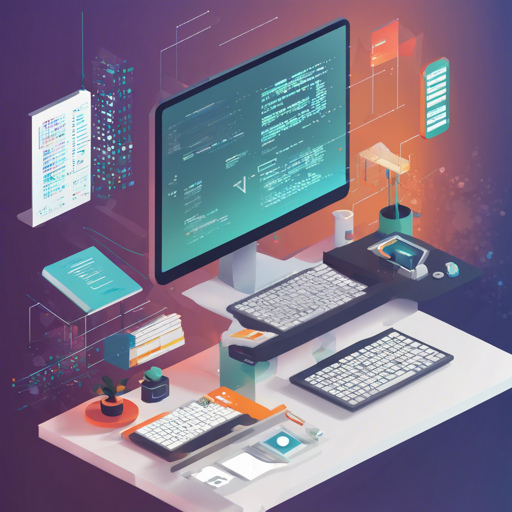The nano-docs project provides a rich source code for the Nano protocol documentation, built using MkDocs and styled with the MkDocs Material theme. This guide will walk you through how to effectively contribute to and develop this documentation, helping to bridge the gap for advanced users, node operators, and developers interested in Nano.
Purpose
This documentation is meticulously designed for a variety of audiences within the technical community. Understanding the intent behind your contributions is vital. Anyone planning to contribute should always keep in mind that updates should be relevant, or they may be rejected. The purpose is not only to provide accurate information but also to facilitate understanding amongst users.
Getting Started with Contributions
If you are keen on contributing to the documentation, the following steps will guide you:
- Join the Discord channel dedicated to documentation activities.
- Use GitHub issues to manage and propose changes.
- It’s highly advised to discuss major changes in the #nano-docs Discord channel or through GitHub issues before implementing them.
- To submit changes, fork the repository, create a specific branch for your edits, and submit a Pull Request when ready.
Local Setup for Development
To set up a local development environment, here’s a step-by-step guide:
- Install Docker if you haven’t already.
- Clone the nano-docs repository to your local machine.
- Run the following commands in the terminal:
docker pull ghcr.io/nanocurrency/nano-docs:latest
docker run --rm -it -p 8000:8000 ghcr.io/nanocurrency/nano-docs:latestpip3 install -r requirements.txt
mkdocs serveOnce you have the local server running, you can access the site at localhost:8000.
Understanding the Documentation Structure
The documentation is organized with specific guidelines to enhance clarity and SEO:
- Each page must include title: and description: fields to optimize search engine retrieval.
- Use h1 for page titles and h2 or higher only for organizing content within pages.
- For linking, ensure that you reference relative file paths with extensions; otherwise, they may not be checked properly by the link checker.
Troubleshooting Common Issues
As you immerse yourself in the documentation setup and contributions, you may encounter some challenges. Here are a few troubleshooting tips:
- Ensure that Docker is running properly and the correct ports are exposed.
- Check if any firewalls or security settings are blocking access to localhost:8000.
- If you face issues with links not being recognized, double-check the relative paths and ensure they’re correctly formatted with file extensions.
- For more insights, updates, or to collaborate on AI development projects, stay connected with fxis.ai.
Additional Tips
The project encourages the use of diagrams for better visualization. Consider using Draw.io for creating SVG diagrams, and embed them using markdown format. If you are using the Mermaid sequence diagrams, remember their limitations and prefer Draw.io for consistency.
Conclusion
At fxis.ai, we believe that such advancements are crucial for the future of AI, as they enable more comprehensive and effective solutions. Our team is continually exploring new methodologies to push the envelope in artificial intelligence, ensuring that our clients benefit from the latest technological innovations.

